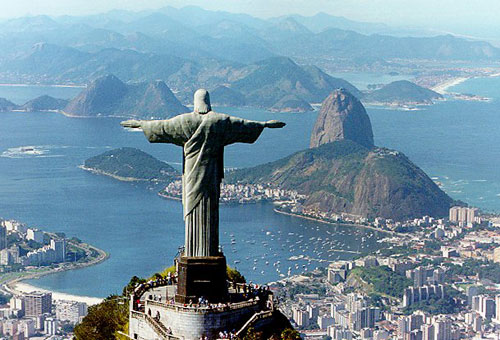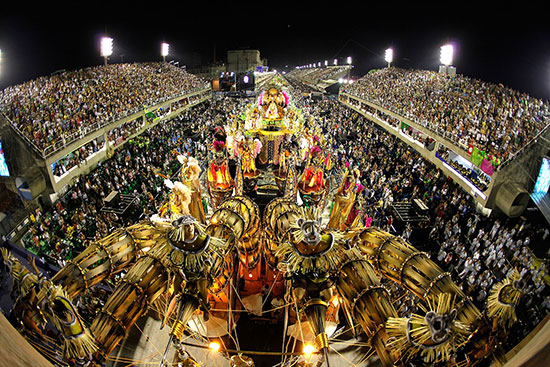The favelas of Rio de Janeiro are located in the heart of the city, between the beaches of Copacabana and the skyscrapers of the financial district. Not all of them are safe, but there are many you can visit without problems.

It is estimated that there are about 1,000 favelas in Rio de Janeiro and most of them have been built on a hill or incline. You will be surprised how many people live in such slums. Today, the homes of about 20% of the inhabitants are located in a favela. But this is not new. Even in the eighteenth century, freed African slaves had taken refuge in the hills of Rio, the Wonderful City. We’ll give you a tour of the most attractive for travelers on foot.
Santa Marta: Located south of the city, it is made up of a maze of narrow streets. Located in the heart of Botafogo, it is very safe. Since its “pacification” in December 2008, it has been a must. It’s easy to miss, but worth it. With its bohemian atmosphere, Santa Marta is one of my favorites. It has a special appeal, which is due in part to the inhabitants being so very nice. To get there, you can travel to the top by way of a cable car referred to as the inclined plane. It´s better than walking and is a common means of transport, which happens to also be free. Just going up is an experience in itself, and the views from the top are amazing. You’ll view Botafago, Sugar Loaf Mountain, Christ the Redeemer, Copacabana Beach, Leblon, and the Botanic Gardens. Of course, a photo from will look great.
Rocinha: It is the largest in the country and would have been impossible to visit this favela only just a few years ago. It had become one of the most dangerous in the country, with murders and other crimes committed almost daily. However, life there took a 180-degree turn on November 13, 2011. Since then, Brazil and Rio de Janeiro flags have been flying in the streets. Although Rocinha is a “pacified” slum, there are still occasionally isolated incidents of violence and drug trafficking. It has some 120,000 inhabitants, all kinds of shops, houses made of tin or adobe, narrow streets full of colors, endless stairs and one of the best views of the bay (on par with the views from Christ the Redeemer and Sugar Loaf Mountain). Visiting today is safe, but you can also book a tour with any agency. I recommend Favela Tour. It’s always best to go with someone who knows the neighborhood, since it’s possible to find yourself in a dangerous situation.
Vila Canoas is so safe that you can even stay in a hostel in the heart of the favela. It is one of the most picturesque favelas, since it has so many murals full of symbolism and vindication. Its inhabitants (who often offer to show you around the favela, but without pressure) are very friendly and even hospitable. I even had the opportunity to visit a primary school there. It was amazing to see the work of the many NGOs working there with the children in the neighborhood of Vila Canoas.
Sometimes it’s necessary to get out of the tourist areas to truly understand what makes a place “tick.”
DianaRPretel
If you´re looking for apartments in Rio de Janeiro, you´ve come to the right place.

 English
English
